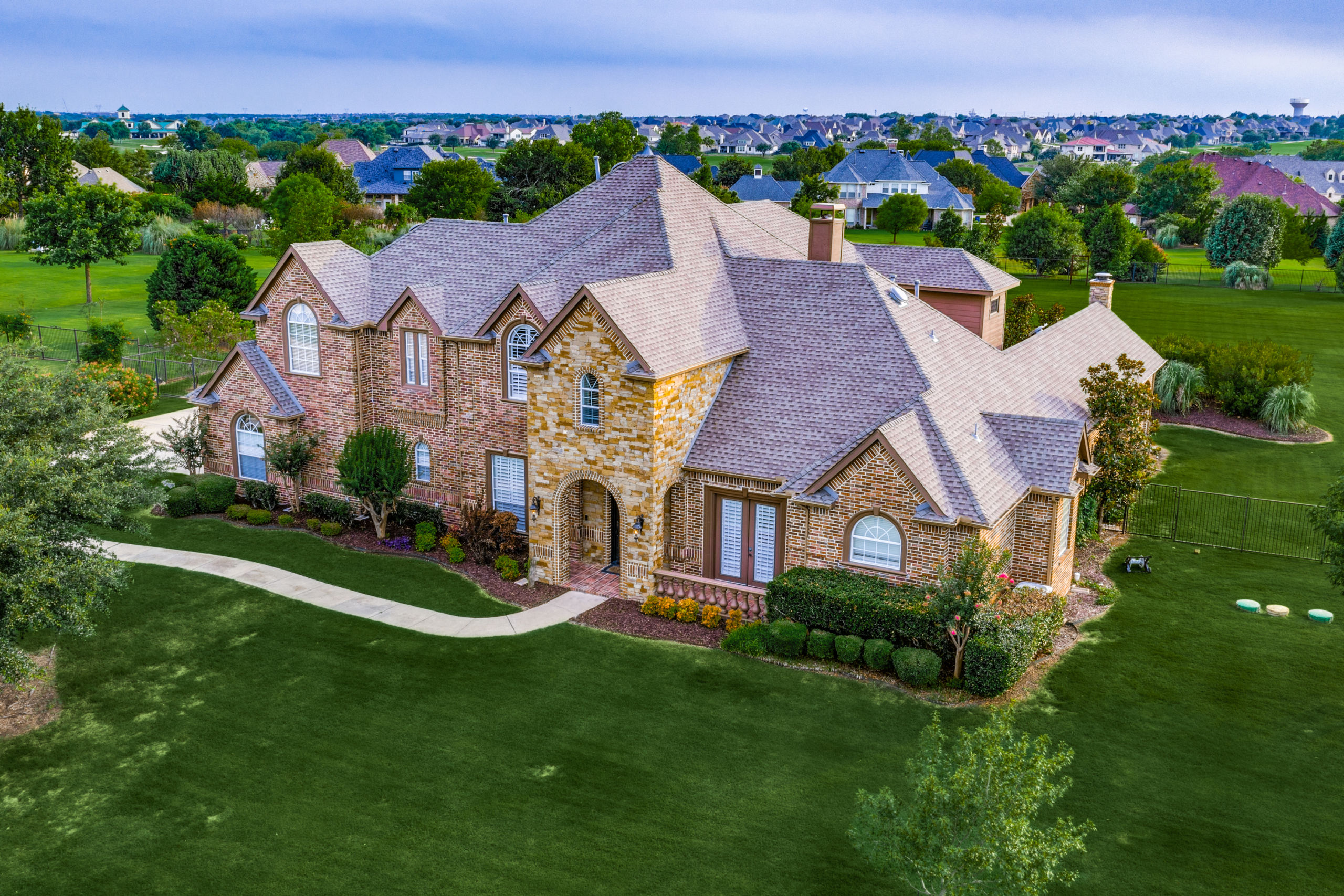Shop At Haya: Your Ultimate Shopping Guide
Discover the best shopping tips, trends, and deals for a smarter buying experience.
Frame It Right: Real Estate Photography Secrets
Unlock the secrets to stunning real estate photos that sell! Discover expert tips and tricks to make your listings shine.
Top 5 Techniques for Capturing Stunning Real Estate Photos
When it comes to real estate photography, the goal is to showcase properties in their best light. Technique #1: Use natural light to your advantage. Early morning and late afternoon are ideal times for shooting, as the soft, golden light enhances the aesthetic appeal of both interiors and exteriors. Additionally, avoid harsh mid-day sun that can create unflattering shadows. Technique #2: Invest in a good wide-angle lens, which is essential for capturing the full scope of a room. This helps to make spaces look larger and more inviting, a crucial factor for potential buyers.
Another effective method is Technique #3: Utilize tripods for stability. This ensures sharp images and allows for longer exposure times in low-light situations without the risk of camera shake. Technique #4: Pay attention to composition; adhering to the rule of thirds can create more engaging images. Lastly, Technique #5: Post-processing is key. Editing software can help adjust lighting, contrast, and saturation, allowing you to produce stunning final images that capture the attention of prospective buyers.

How to Choose the Best Time of Day for Real Estate Photography
Choosing the best time of day for real estate photography is crucial to capturing the property's true essence and maximizing its appeal. The optimal time largely depends on the specific characteristics of the property, as well as the type of images you wish to produce. Generally, the golden hour, which occurs shortly after sunrise and before sunset, is highly recommended for its soft, flattering light. This natural lighting can enhance the colors and textures of the property, creating inviting and visually appealing images. Consider visiting the property at different times of day to see how the light interacts with the space, and note which angles yield the most stunning results.
Another factor to consider when determining the best time of day for real estate photography is the direction the property faces. North-facing properties might benefit from bright, even light throughout the day, while south-facing properties may be better photographed in the morning or late afternoon to avoid harsh midday shadows. Additionally, think about the surrounding landscape and how it affects light exposure. Keep in mind that overcast days can also provide unique opportunities for capturing images with evenly diffused light, ideal for highlighting interior spaces without distractions from direct sunlight.
The Essential Equipment Every Real Estate Photographer Should Have
In the competitive world of real estate photography, having the right equipment is crucial for capturing stunning images that can make properties stand out. At the top of your list should be a high-quality DSLR or mirrorless camera, as these cameras offer superior image quality and versatile settings for various lighting conditions. Additionally, investing in a wide-angle lens is essential for real estate photography, as it allows you to capture more of the room in a single shot, making spaces appear larger and more inviting.
Another vital piece of equipment is a tripod, which ensures stability during longer exposures and helps maintain consistency in your shots, especially in low light. External flash units are also important for illuminating dark corners and enhancing overall image quality. Finally, consider incorporating a drone into your toolkit for breathtaking aerial shots that provide unique perspectives of properties. By utilizing this essential equipment, your real estate photography will elevate itself to a professional level, attracting more potential buyers.